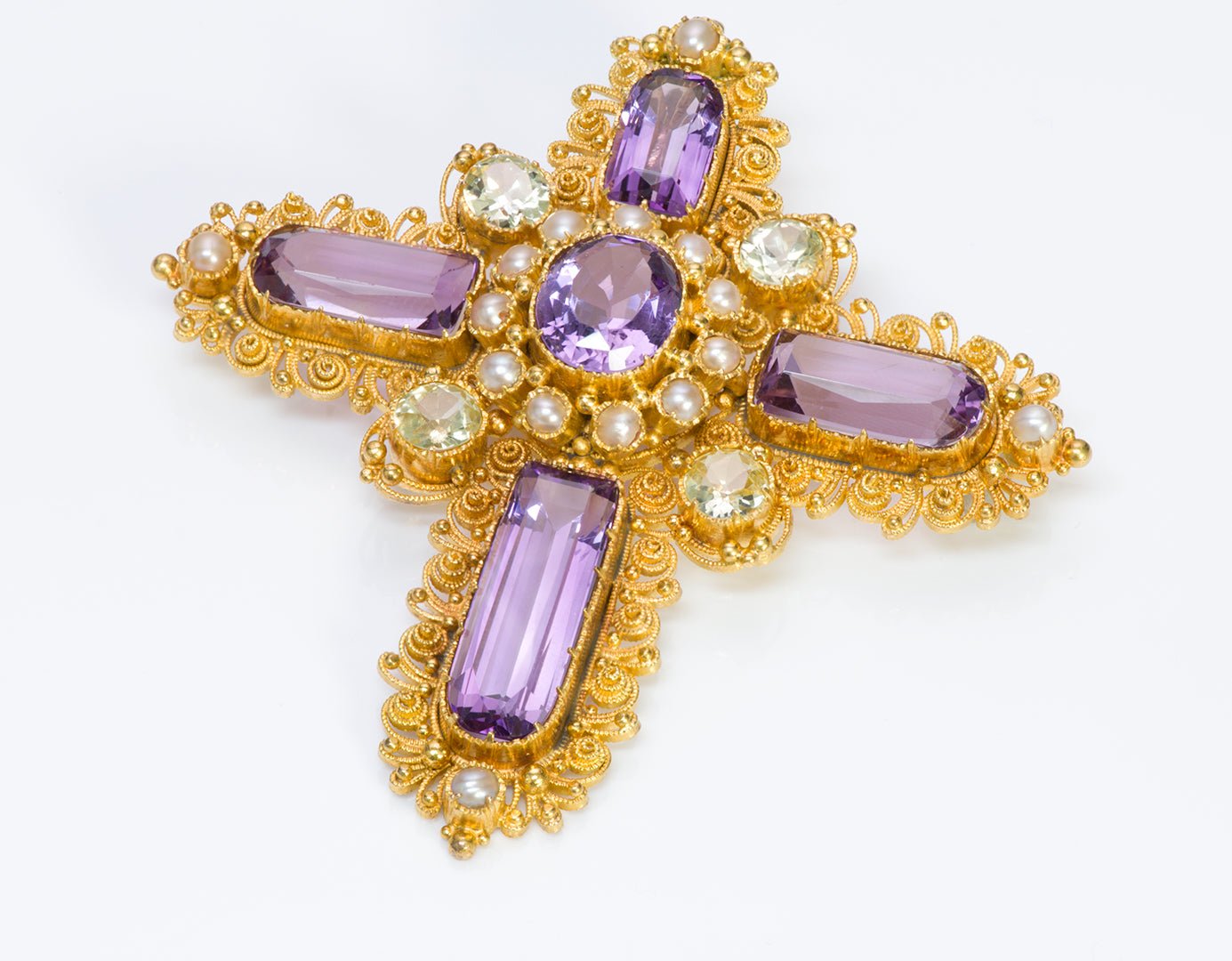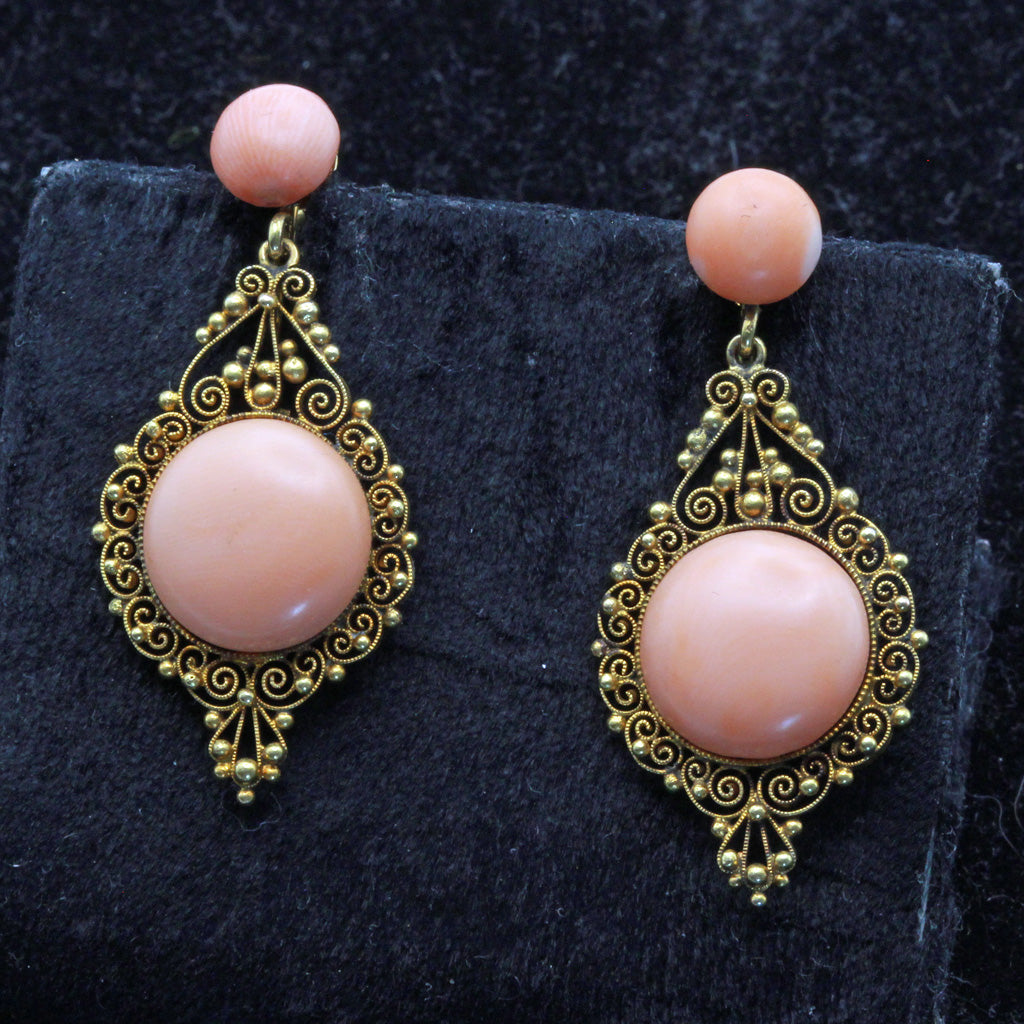Get the best antique jewelry austin from reliable sellers.
The Interesting World of Vintage Jewelry: Exploring Its Many Groups and Features
Vintage precious jewelry stands for a captivating crossway of virtuosity and background, encapsulating the essence of numerous eras through its complex styles and products. Each category, from the romantic Victorian items to the ingenious Art Deco developments, reveals not only visual preferences yet additionally social narratives of the moments. Comprehending the identifying qualities of these items, along with their noteworthy products and gemstones, opens up a window into the past that is both enlightening and fascinating. antique jewelry austin. As we discover these elements even more, one may wonder what concealed stories exist within the elegant craftsmanship of each antique gem.
Historical Eras of Vintage Jewelry
Vintage jewelry is delicately connected to the historical periods in which it was produced, mirroring the imaginative trends, cultural worths, and technical innovations of those times. The evolution of precious jewelry style can be traced via different prominent eras, each marked by distinctive designs and products.
The Georgian era (1714-1837) is defined by elaborate layouts and making use of all-natural themes, commonly including gemstones such as garnets and diamonds. antique jewelry stores austin tx. Following this, the Victorian period (1837-1901) saw the introduction of nostalgic fashion jewelry, with layouts that frequently shared individual definitions, such as lockets and mourning pieces
The Edwardian era (1901-1910) accepted style, making use of platinum and fragile lattice work, while Art Nouveau (1890-1910) concentrated on organic types and making use of enamel, mirroring the influence of nature.
The Art Deco period (1920s-1930s) introduced geometric shapes and vibrant colors, showcasing developments in workmanship and products. Each of these periods not just highlights the imaginative technology of its time but also offers as a reflection of the social and social changes that affected the globe of jewelry. Understanding these historical contexts improves the gratitude of antique jewelry today.
Key Attributes to Recognize
When assessing antique fashion jewelry, numerous key attributes can assist recognize its age and authenticity. The products utilized are important; pieces from different eras frequently include specific steels and gemstones. As an example, Victorian fashion jewelry frequently includes gold, while Art Deco pieces might make use of platinum and vibrant colored rocks.
Next, workmanship is a substantial sign. Handcrafted products, usual in earlier periods, display special blemishes and details that mass-produced items lack. antique rings austin. Evaluating the setting and rock positioning can disclose indicators of handwork, such as uneven prongs or varying rock forms
Additionally, hallmarks and stamps play an essential duty in authentication. Numerous antique pieces bear marks indicating the steel's purity and the supplier's origin, which can provide beneficial understandings into the precious jewelry's history.
Last but not least, style motifs frequently mirror the period's visual patterns. For example, Art Nouveau is characterized by moving lines and all-natural forms, while Retro fashion jewelry accepts strong, geometric shapes. By analyzing these vital characteristics-- materials, workmanship, hallmarks, and layout motifs-- Find Out More enthusiasts and lovers can much better determine the credibility and historical value of antique fashion jewelry pieces.
Popular Antique Precious Jewelry Groups
Different categories of antique precious jewelry showcase the abundant history and varied styles that have developed over time. Among one of the most preferred groups are Victorian, Art Nouveau, Edwardian, and Art Deco, each mirroring the visual patterns and social influences of their particular durations.
Victorian jewelry, extending from 1837 to 1901, is characterized by elaborate layouts and nostalgic concepts, often incorporating significance and detailed workmanship. Art Nouveau, which flourished between 1890 and 1910, emphasizes organic forms, flowing lines, and nature-inspired motifs, frequently featuring enameling and ingenious methods.

Additionally, there are particular categories like Georgian and Retro precious jewelry, each with one-of-a-kind qualities and historical importance. Collection agencies and lovers appreciate these categories not only for their elegance yet additionally for the tales they outline the ages in which they were created.

Notable Products and Gemstones
Discovering noteworthy materials and gemstones made use of in antique precious jewelry exposes the complex workmanship and aesthetic values of various ages. Antique precious jewelry showcases a varied variety of materials, each offering one-of-a-kind features and importance. Gold and silver, common for their malleability and gloss, have been preferred for centuries, commonly embellished with elaborate engravings or fretwork work.
Gemstones additionally play a crucial role in defining the attraction of antique items. Diamonds, admired for their luster, were typically embeded in Victorian precious jewelry, highlighting both luxury and status. At the same time, colored gems such as sapphires, emerald greens, and rubies came to be symbols of romance and were typically integrated into elaborate designs during the Art Deco duration.
Furthermore, less standard products like enamel and pearls arised, adding deepness and structure to lots of styles. Enamel methods, specifically in the Renaissance, showcased vivid colors and in-depth scenes, while pearls, coveted for their all-natural elegance, were often made use of in both lockets and jewelry.
The range of materials and gemstones in antique fashion jewelry not only reflects the artistic fads of the moment yet also supplies insight into the social and cultural values of the ages in which official website these items were produced.
Caring for Antique Pieces
Proper look after antique precious jewelry is vital to preserve its beauty and honesty gradually. Each piece tells a story, typically showing the craftsmanship of a details era, and thus needs specific interest.
To start, it is important to save antique precious jewelry in a regulated environment, far from direct sunlight and moisture. Use soft bags or lined boxes to stop scratches and tangling. Regular cleaning is essential, yet need to be approached with care; stay clear of rough chemicals and unpleasant materials. Rather, a gentle remedy of moderate soap and water, applied with a soft cloth, is recommended.

Professional examinations and maintenance can also be helpful. A qualified jeweler can assess for loosened stones, deteriorated setups, or various other issues, making sure the longevity of these treasured items. By complying with these care standards, antique jewelry can continue to be not only a cherished antique yet likewise a spectacular depiction of art and background.
Final Thought
The exploration of antique fashion jewelry discloses a diverse landscape shaped by historic periods, creative movements, and distinctive workmanship. Appropriate care ensures the long life of these artefacts, permitting future generations to experience the appeal and value of antique jewelry.